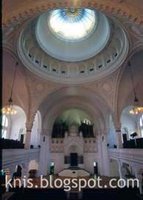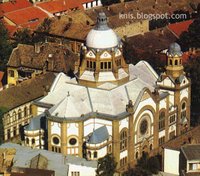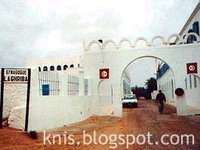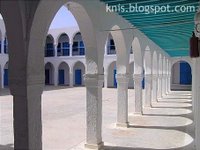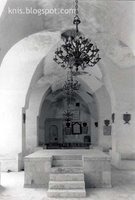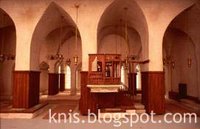

Una de las más antiguas sinagogas del país. Construida originalmente en el siglo XVII por miembros de la familia Ibn Danan (de donde proviene su nombre), se halla en el centro de la Mellah (barrio judío). Se dice fue construida por judíos venidos de España, quienes tenían distintas costumbres a los de las comunidades locales. Encontrándose en muy mal estado (como se ve en la primer imagen), fue renovada en 1999 con ayuda del gobierno y descendientes de la familia Ibn Danan.
Esnoga Ibn Danan, in Fez, Morocco. One of the oldest synagogues of the country. Originally built in to 17th century by members of the family Ibn Danan (from where its name comes), is located in the center of the Mellah (Jewish district). It is said was built by Jews that came from Spain, who had different customs from those from the local communities. Being in very badly conditions (as seen in the first image), it was renewed in 1999 with the help of the government and descendants of the Ibn Danan family.

